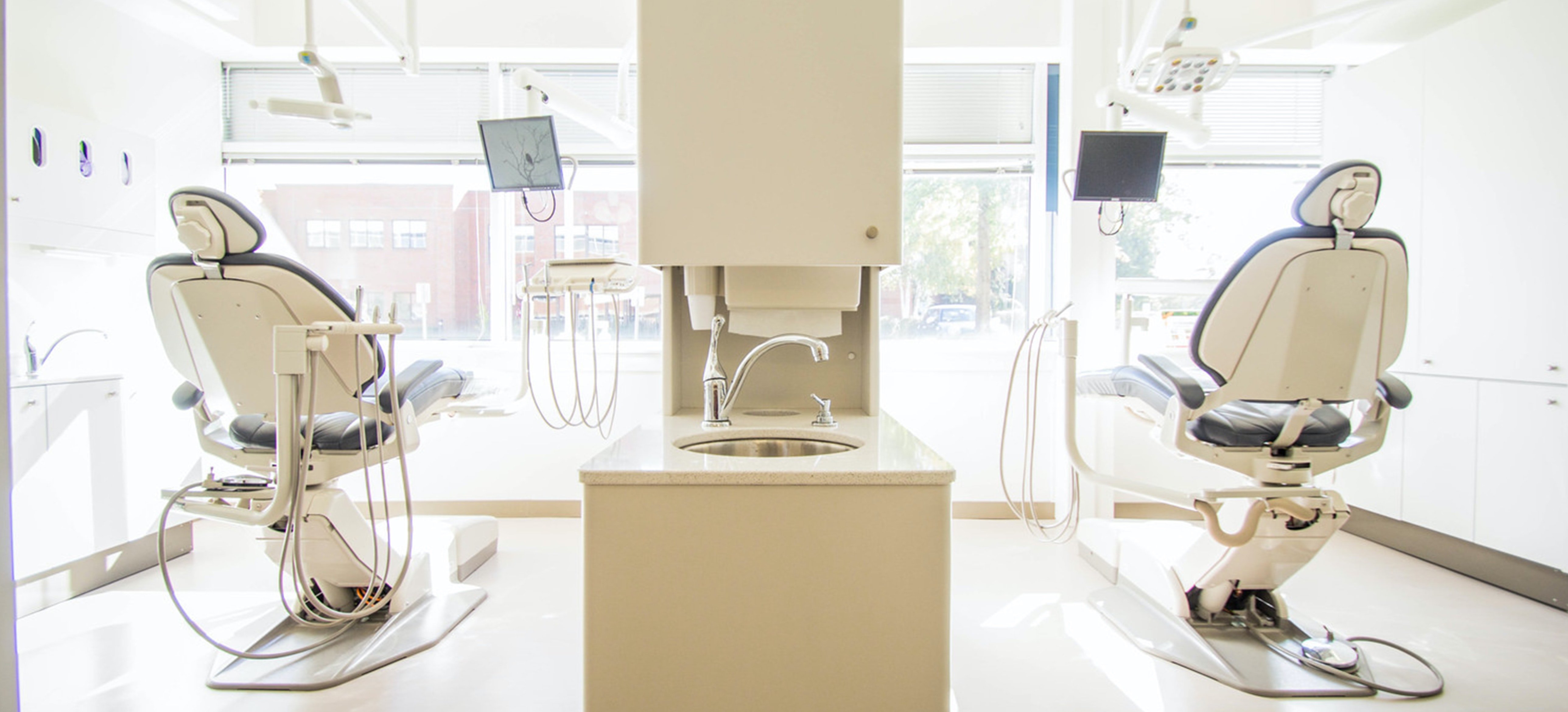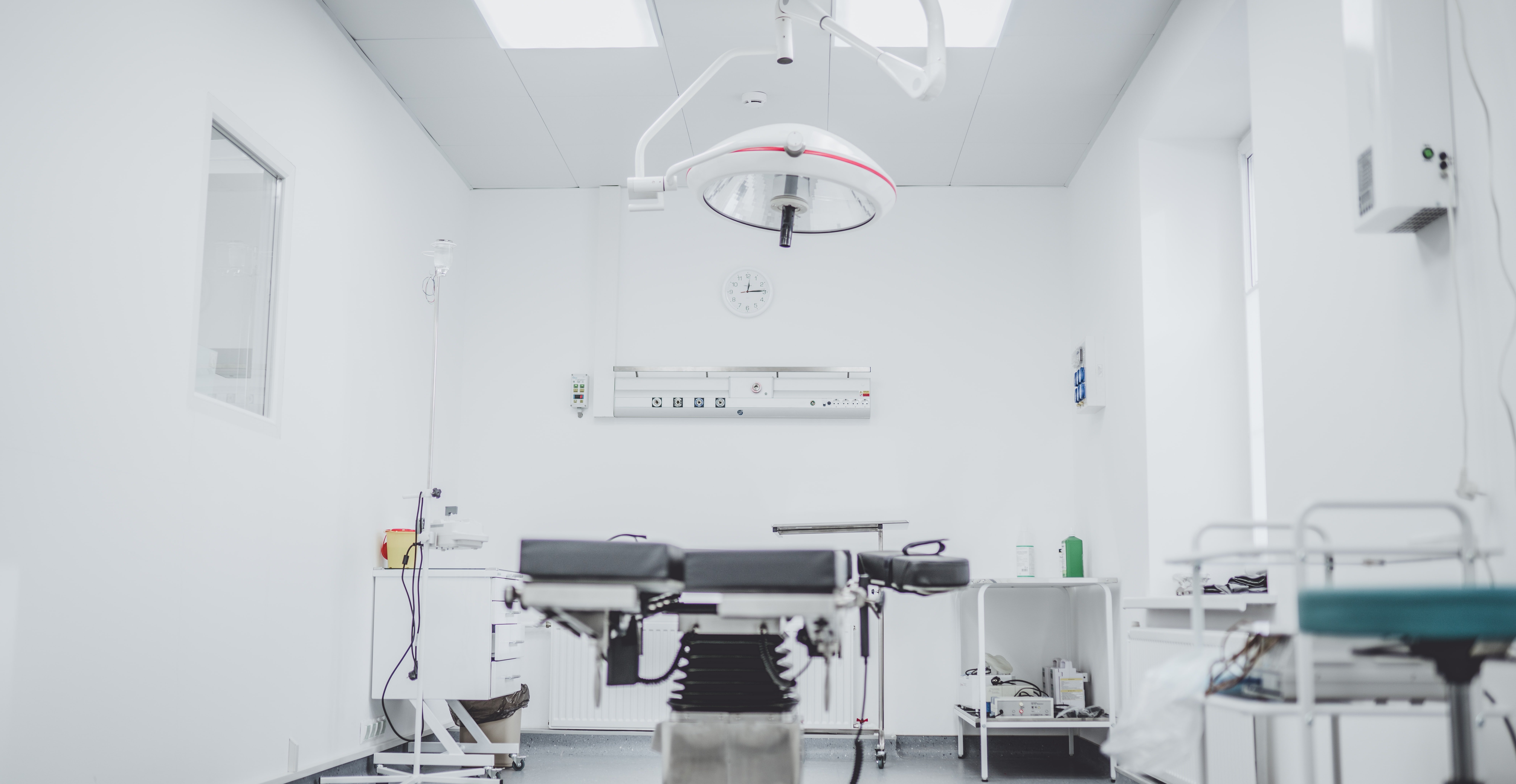Remote diagnosis & remote robot surgery

Telesurgery is a revolutionary aspect of remote healthcare that encompasses a broad range of services enabling medical professionals to diagnose, treat, and perform surgical procedures on patients who are unable to physically visit a local surgery or hospital. This advanced form of remote healthcare extends beyond telemedicine consulting services, allowing surgeons to remotely control robotic surgical systems from distant locations.
Telemedicine is defined as the remote diagnostics of a patient via a remote doctor or physician, using both video and audio technology. Instead of visiting a doctor's office or hospital in person, with telemedicine, you can discuss symptoms, medical issues, and experiences with a healthcare provider in real time using video.


Telesurgery refers to the advanced capability of conducting surgical procedures remotely, wherein a surgeon performs the operation from a distant location. This is made possible through the use of a remotely managed robot, which serves as the surgeon's tool in executing the procedure. Telesurgery relies on advanced remote control systems, in which Soliton's live streaming and control OEM technology can play a vital role.
When interacting with patients remotely, especially during a surgical procedure, it is crucial to minimize any delay between the surgeon's visual perception and the corresponding actions required by the robotic surgeon. Even a slight delay in the video stream can have catastrophic consequences, for example if the surgeon cuts too deep without realizing. Therefore, it is essential for the surgeon to have real-time view to a live video stream with almost zero delay, enabling them to operate in real-time.
Another challenge is that many of these patients reside in remote areas where the only available internet connectivity is through cellular networks. However, relying on a single cellular network connection can be unreliable and may not offer sufficient bandwidth for video transmission in such critical procedures. This also includes transmitting audio, monitoring vital signs, and facilitating the return control signals necessary for robotic control.
The Zao technology from Soliton is designed to solve the issues of reliable connectivity for video and other control signals needed for telesurgery and telemedicine. It can bond together multiple cellular operators as a single highly reliable connection on a single mobile device. It optimizes video and other IP related control signals based on the available bandwidth, even if the cellular signal becomes low and unreliable. But most defining of this technology, is that the Zao X technology has a video latency of less than 100ms over multiple 4G connections. This is from camera to monitor and includes all encoding and decoding that is required of a video live stream. With 5G this delay could be reduced even further.
As well as ultra-low latency and support for 5G, the Zao-X can support high resolution video such as 4K/UHD which can be considered a pre-requisite for surgical operations.